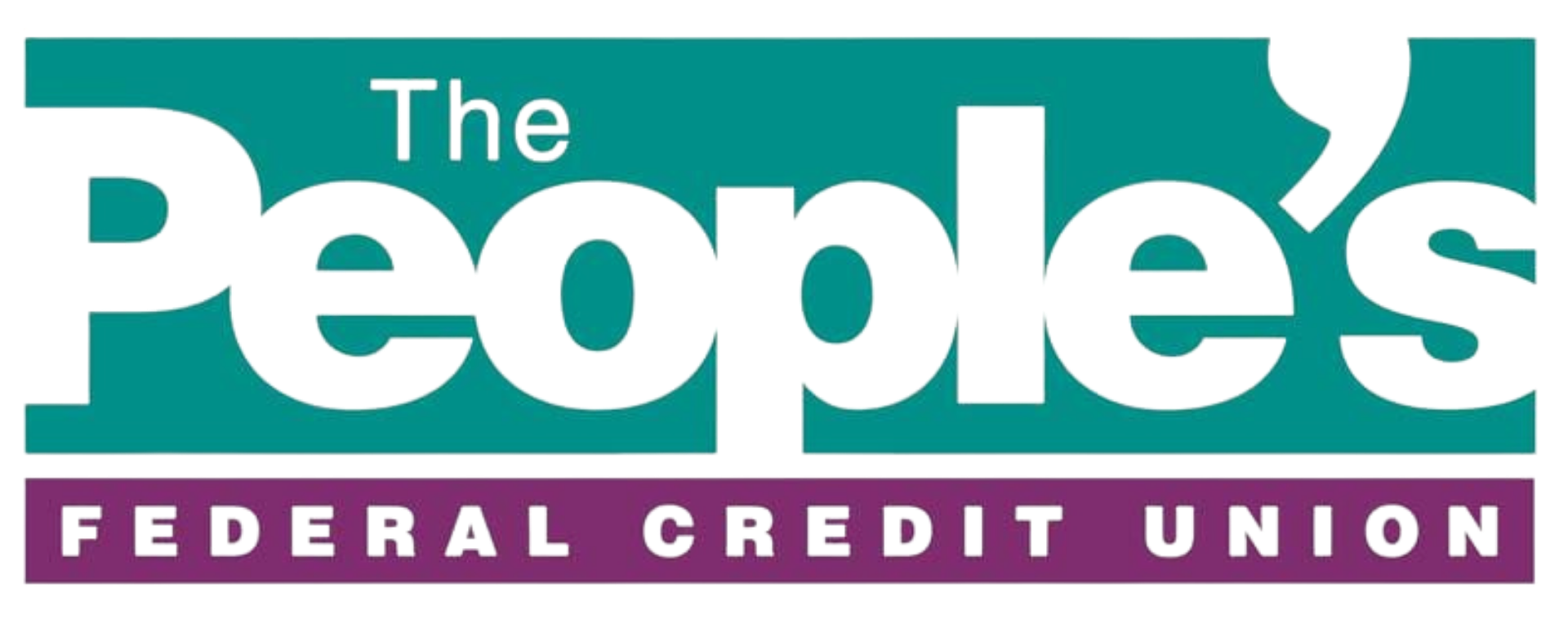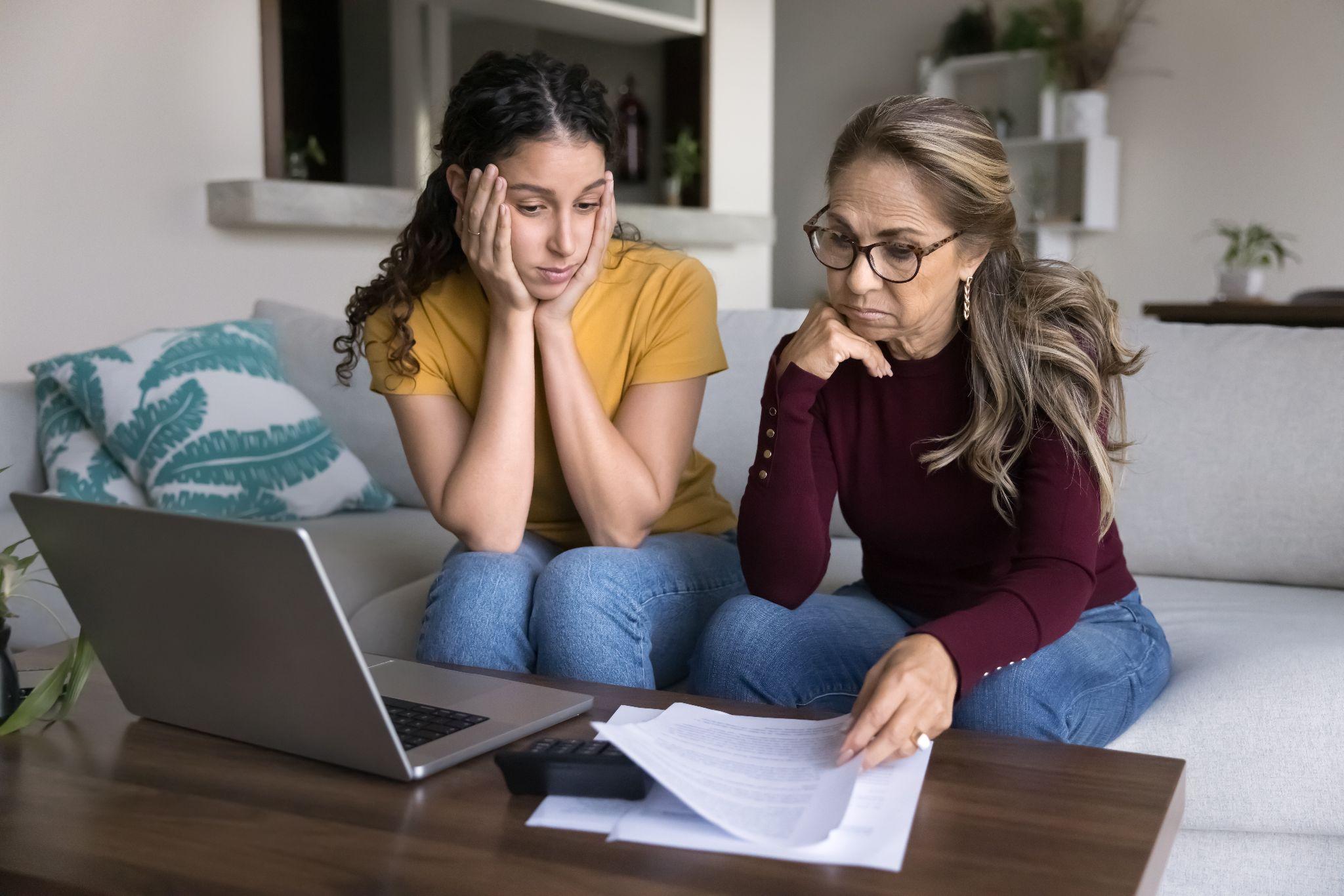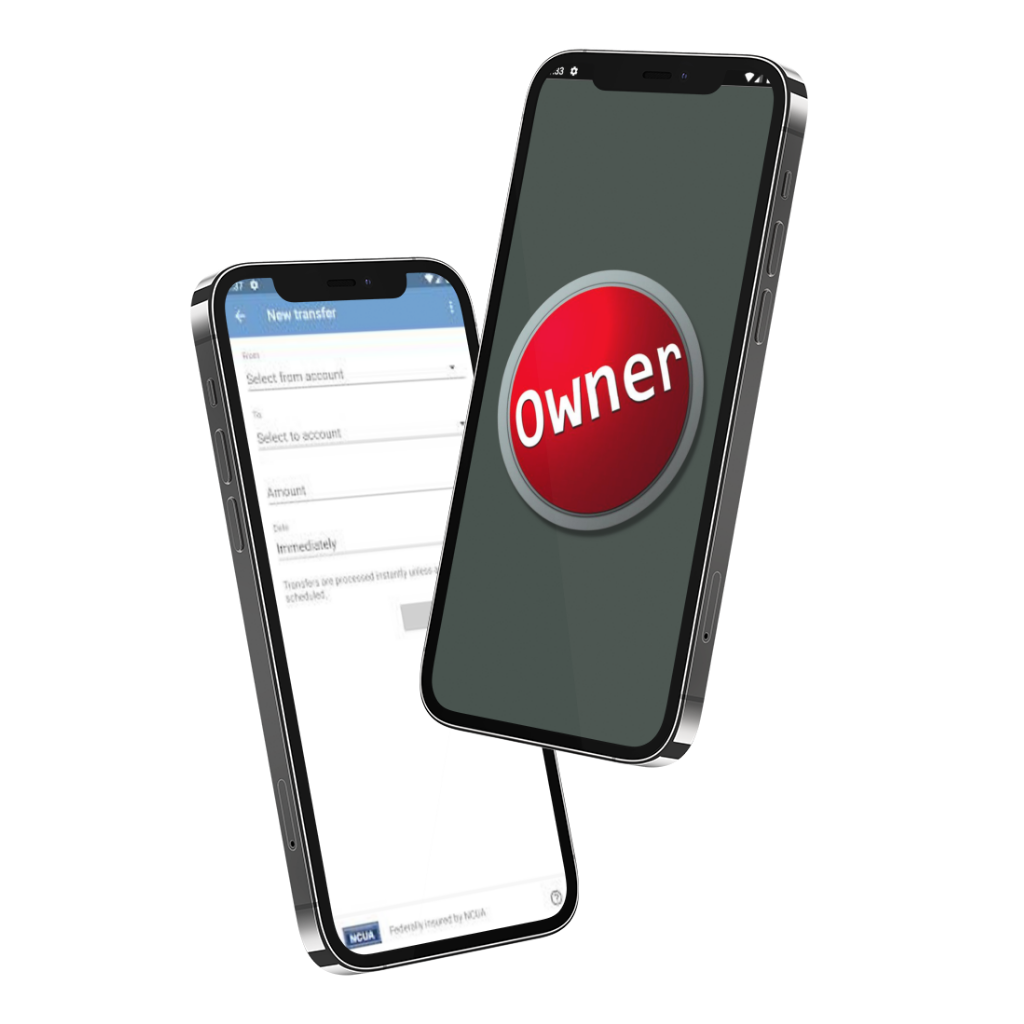Raising financially responsible children starts with teaching them the value of money. But what does that really mean? Teaching kids about money means helping them understand that money isn’t just something you swipe or tap to get what you want.
It’s a tool that requires effort to earn, thoughtful planning to manage, and wise choices to spend. When kids grasp that money has limits—and that those limits are tied to their own decisions—they begin building a foundation for financial independence.
Here’s how to guide your child through the basics of money and build lasting, responsible habits.
1. Explain What Money Is
Before you can teach kids about money’s value, saving, or budgeting, help your child understand what money actually is and what it’s for. Use simple language and examples. You might explain that:
- Money is used to buy things we need (like food and clothes) and things we want (like toys and treats).
- People work to earn money, and they have to make choices about how to use it.
For younger children, use real coins and bills to let them physically interact with money. You can even set up a pretend store to show how buying and selling work.
2. Use Real-Life Situations to Teach
The best lessons for teaching children about money come from everyday life. Include your child in age-appropriate conversations and activities where money is involved:
- Grocery shopping: Ask them to help compare prices or find items that are on sale. Let them see you making trade-offs, like choosing between two snacks to stay within a budget.
- Paying bills: With older kids, explain monthly expenses like electricity or internet. Show them a bill and explain how services cost money.
- Saving for a goal: If your child wants a new toy or game, turn it into a learning opportunity. Help them set a savings goal and track progress together.
These real-world moments help connect money to value and effort.
3. Set Up an Allowance or Earning System
One of the most effective ways to teach kids about money is by letting kids handle their own.
Decide whether to give a set weekly allowance, tie it to chores, or create a hybrid system. Either way, make it clear that money isn’t endless—it comes from effort and has to be managed.
Introduce the concept of budgeting by encouraging them to divide their earnings into three categories:
- Save: For bigger goals or future needs.
- Spend: For small, immediate wants.
- Give: For charity or helping others.
Use jars or envelopes for younger children, or consider apps and trackers for older kids.
4. Teach Delayed Gratification
Children often want things immediately. Teaching kids to save money—and wait—is a major step in helping them appreciate the value of money.
- Talk about the difference between needs and wants. Help them prioritize purchases based on importance.
- Set up savings goals and work together to reach them. For example, saving up for a trip to the amusement park or a special toy.
- Celebrate when they reach a goal—it reinforces patience and planning.
Over time, they’ll begin to associate saving and thoughtful spending with success and satisfaction.
5. Introduce Basic Budgeting and Goal Setting
As kids grow, help them take more ownership of their money by creating a simple budget. This doesn’t need to be complex—it just needs to help them plan.
- Use a chart or app to show how much money is coming in and where it’s going.
- Encourage them to track spending and see how their choices affect their savings.
- Discuss short-term and long-term goals, such as saving for a new bike or a school trip.
These skills can grow with them into adulthood and help avoid future financial stress.
6. Lead by Example
Children absorb more than we realize. When they see you managing money wisely, they’re more likely to do the same.
- Let them hear you talk about saving, budgeting, and spending decisions.
- Avoid framing money as a stressor—focus on how it’s a tool that needs to be managed responsibly.
- Show how you make choices, like skipping a purchase in order to save for something more important later.
Your habits can influence theirs more than any lecture ever could.
7. Make Learning Fun

Money doesn’t have to be boring or stressful to talk about. Teach kids about money by using games and creative activities to make it engaging.
- Play board games like Monopoly, The Game of Life, or Cashflow for Kids.
- Try online tools, apps, or websites that teach kids about money and finances.
- Create challenges like “No-Spend Weekends” or family savings jars with fun rewards.
When money education is interactive and enjoyable, kids are more likely to absorb the lessons.
8. Open a Bank Account
One of the most effective ways to teach your child the value of saving is by opening a real savings account in their name. At TPFCU, kids from birth to 12 years old can open a KIRBY KANGAROO® Kids Savings Account with just a $5 deposit.
With this account, children receive:
- A KIRBY KANGAROO® membership card and passbook.
- KIRBY KANGAROO® credits for every $5 they deposit.
- The chance to redeem credits for fun prizes—making saving exciting and rewarding.
Opening a bank account makes money management for kids feel real, builds financial confidence, and helps your child develop lifelong habits in a hands-on way.
Start Saving as a Family with TPFCU
At TPFCU, we believe financial education starts early—and we’re here to help families build strong money habits together. Our savings accounts for kids and parents make it easy to turn lessons into lifelong habits, with features that are both fun and practical.
Whether you’re teaching your child to save for their first big purchase or planning for your family’s future, we have options that grow with you. If you live, work, or worship in Canyon, Childress, Hereford, parts of Amarillo, or Deaf Smith County, you’re eligible to join our credit union and start saving smarter—together.








